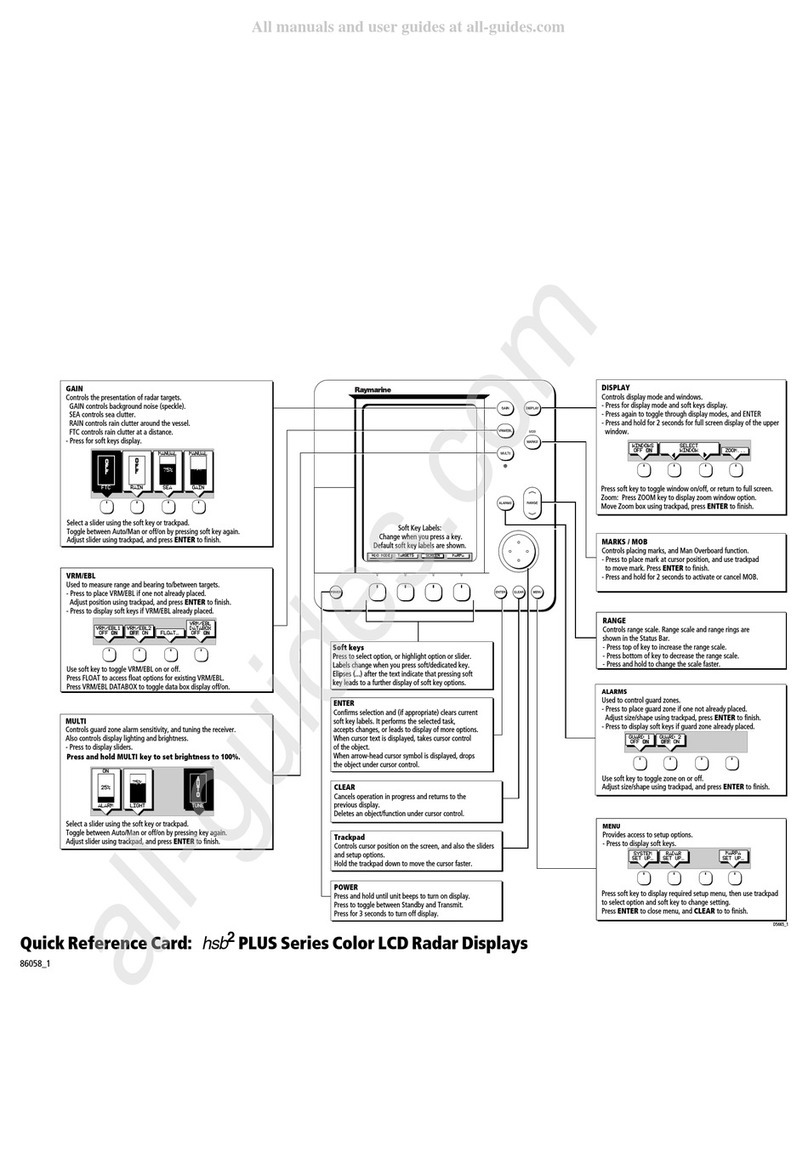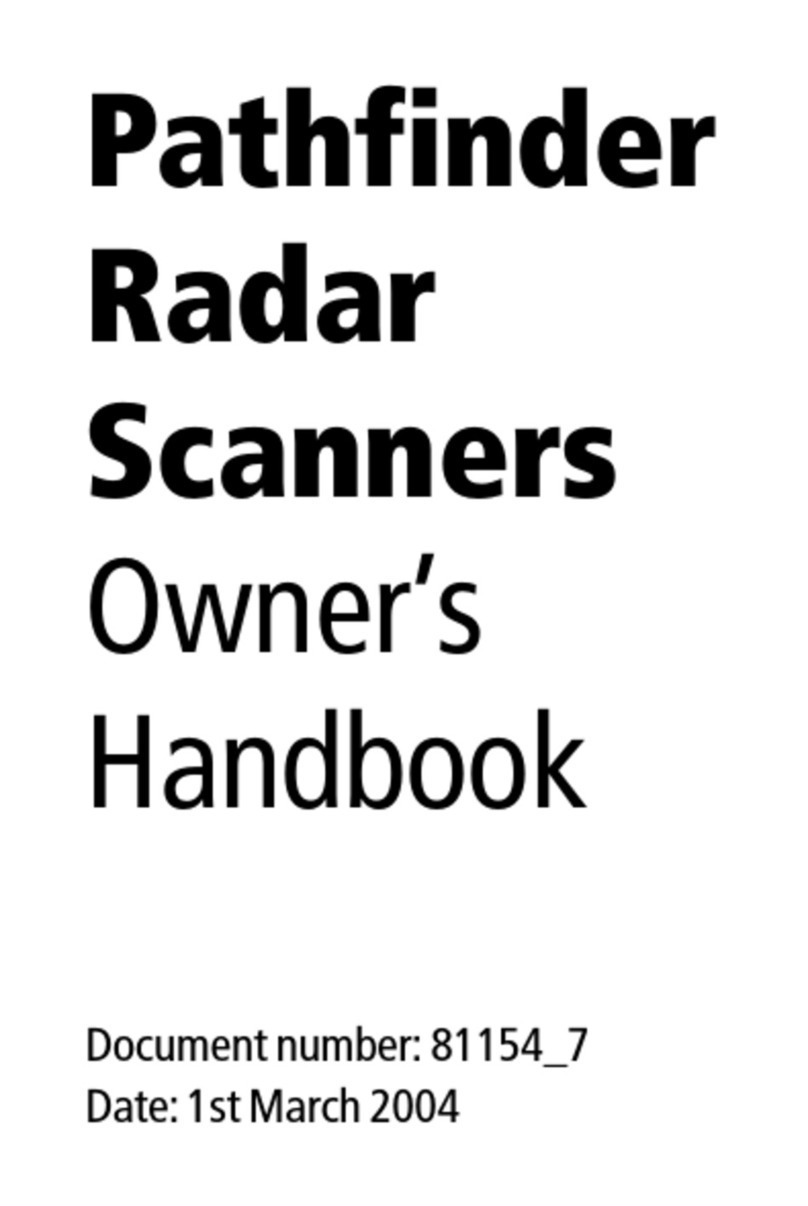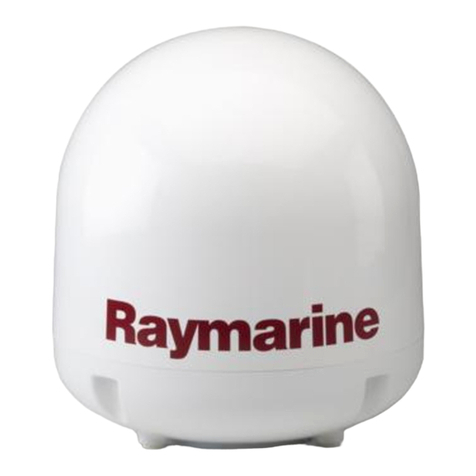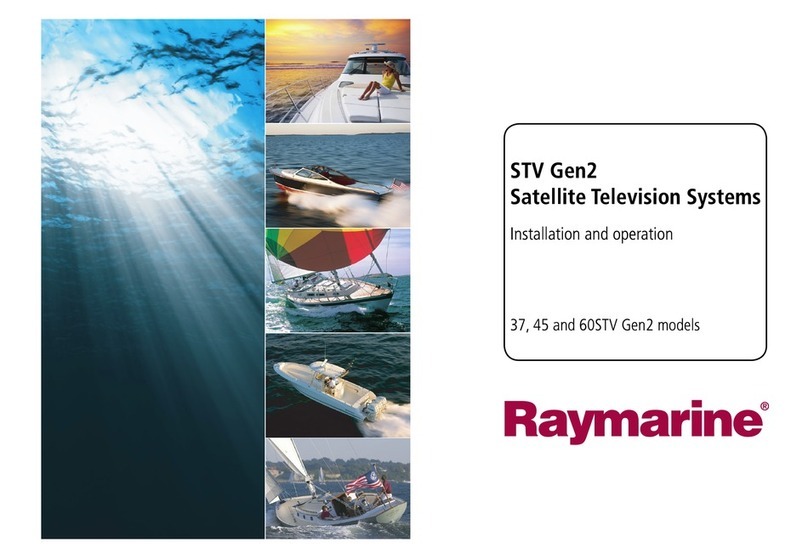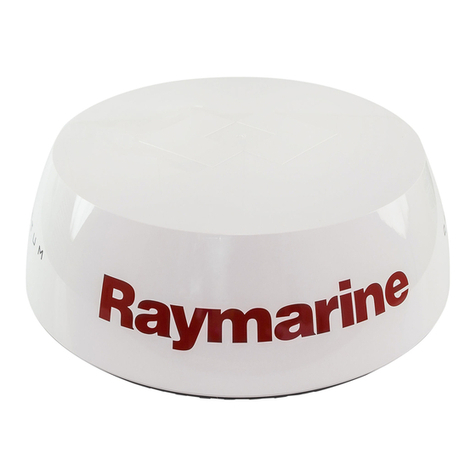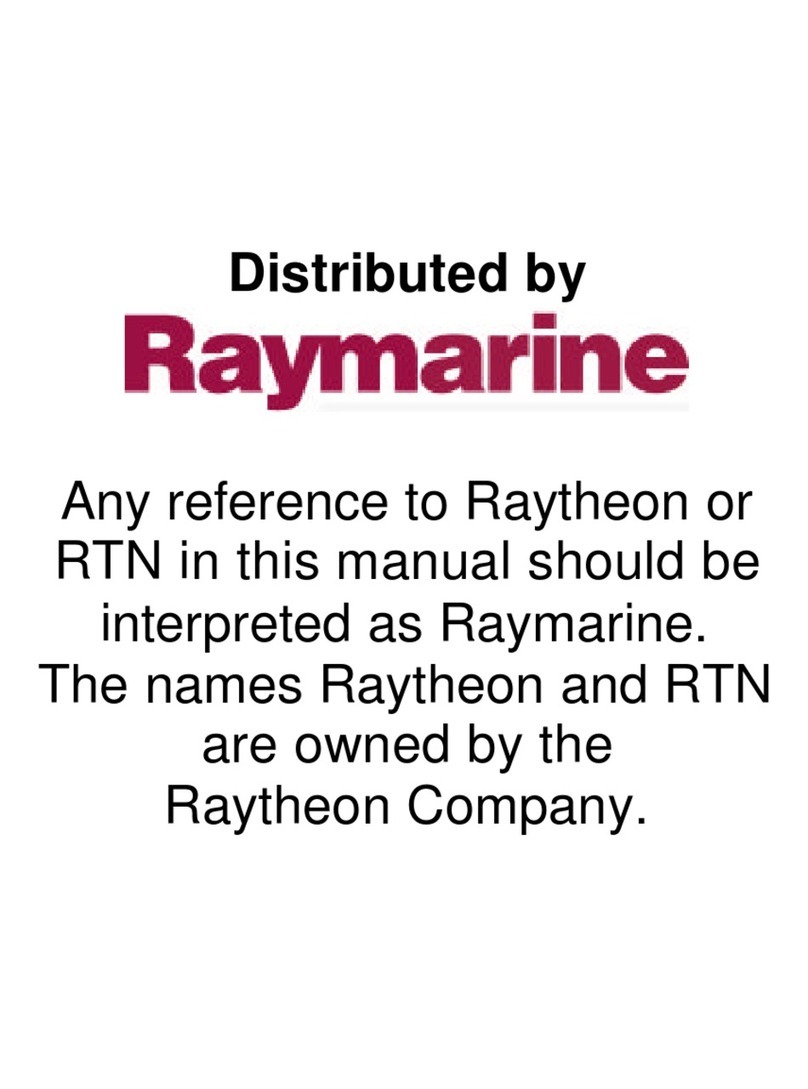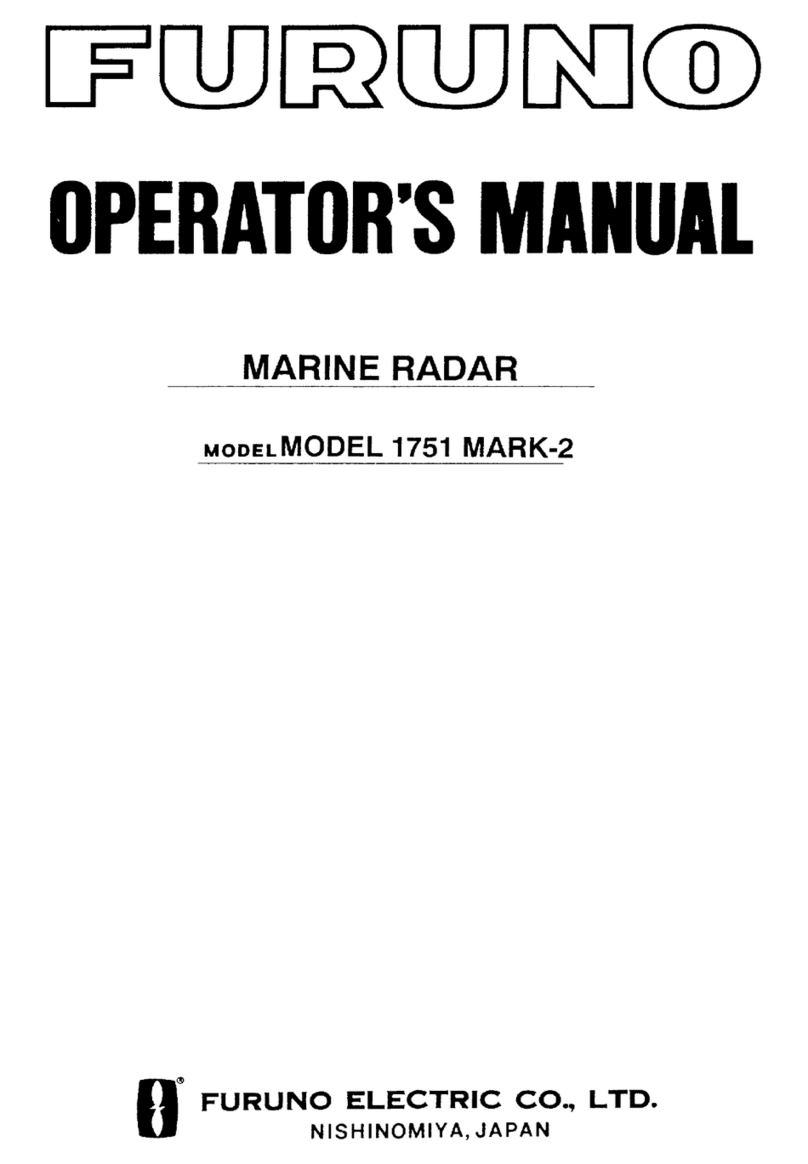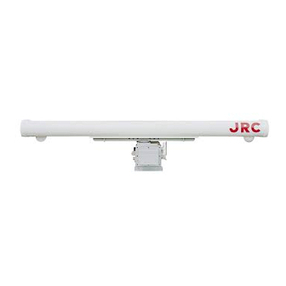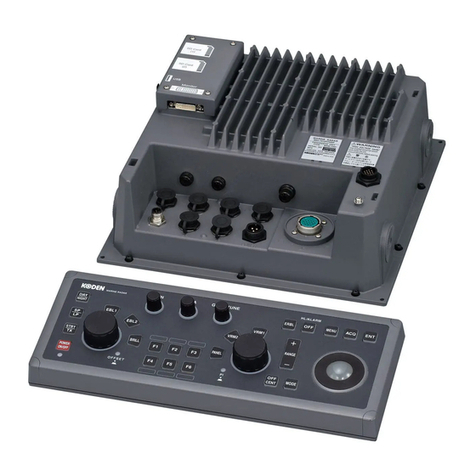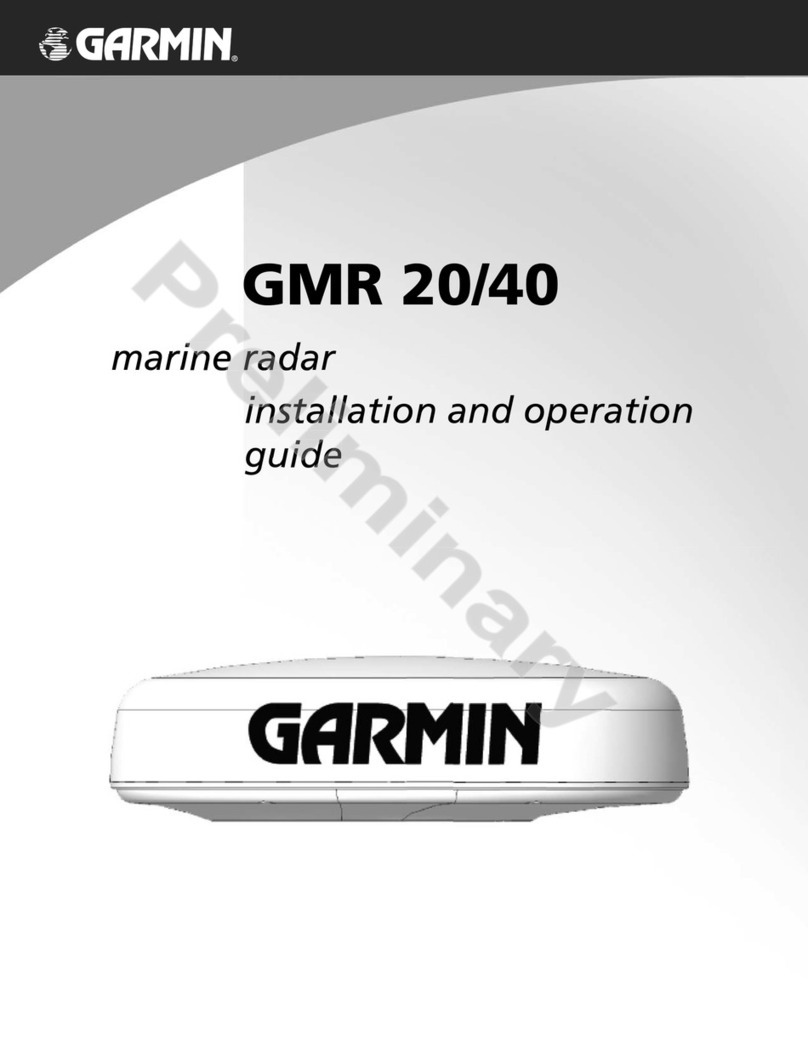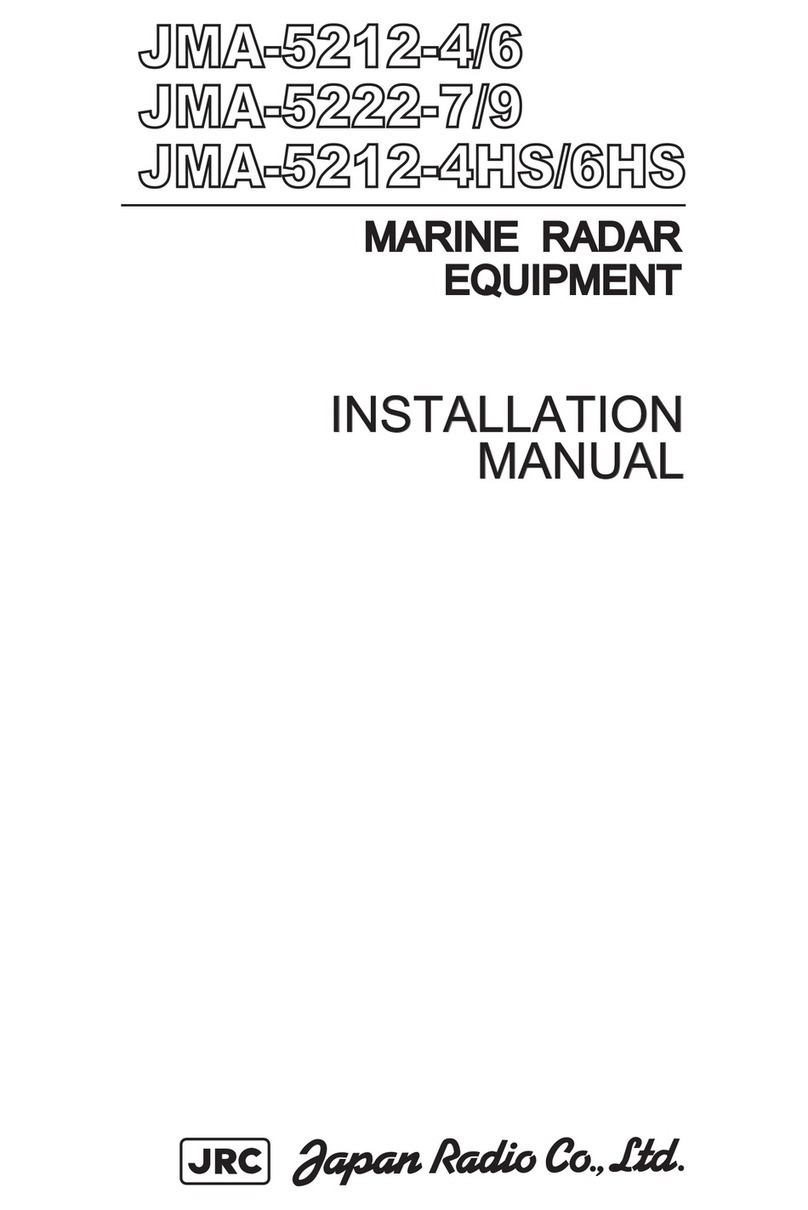
Contents v
Contents
Preface ................................................................................. iii
Warranty ...........................................................................iv
EMCConformance ..........................................................iv
Chapter 1: Overview ...............................................................................1
1.1 Introduction.......................................................................1
EMCinstallationguidelines .............................................2
1.2 Unpackingandinspecting thecomponents ......................4
1.3 Selecting the scanner unit site ...........................................5
1.4 Cable runs ....................................................................... 11
Radomescanner cables ...................................................13
Open array scannercables ...............................................16
Chapter 2: Installing the Scanner .......................................................21
2.1 Radomescanner ..............................................................21
Securingthe radome scannerto the mounting surface ....21
Connecting the radome scanner inter-unit cable .............22
2.2 Openarray scanner .........................................................27
Securing the pedestal tothe mounting platform ..............28
Connecting the open array scanner inter-unitcable ........29
Fitting theopen arraytothe pedestal ...............................33
2.3 Systemconnections ........................................................34
DCpower connection .....................................................34
Scannerconnection .........................................................35
Display unit connection ..................................................37
Chapter 3: Post Installation Checks and Maintenance ....................39
EMCConformance .........................................................39
3.1 SystemChecksandAlignment .......................................39
System check ..................................................................39
Set up, alignment andtiming checks ...............................39
72"openarray position alignment ..................................40
3.2 Maintenance ....................................................................41
Warnings .........................................................................41
Routine Checks ...............................................................41
Servicing and Safety .......................................................41
3.3 ProblemSolving .............................................................42
Howto Contact Raytheon(US) ......................................43
Howto Contact Raytheon(Europe) ................................44
Worldwide Support .........................................................45
154_4.book Page v Wednesday, October 25, 2000 3:02 PM



